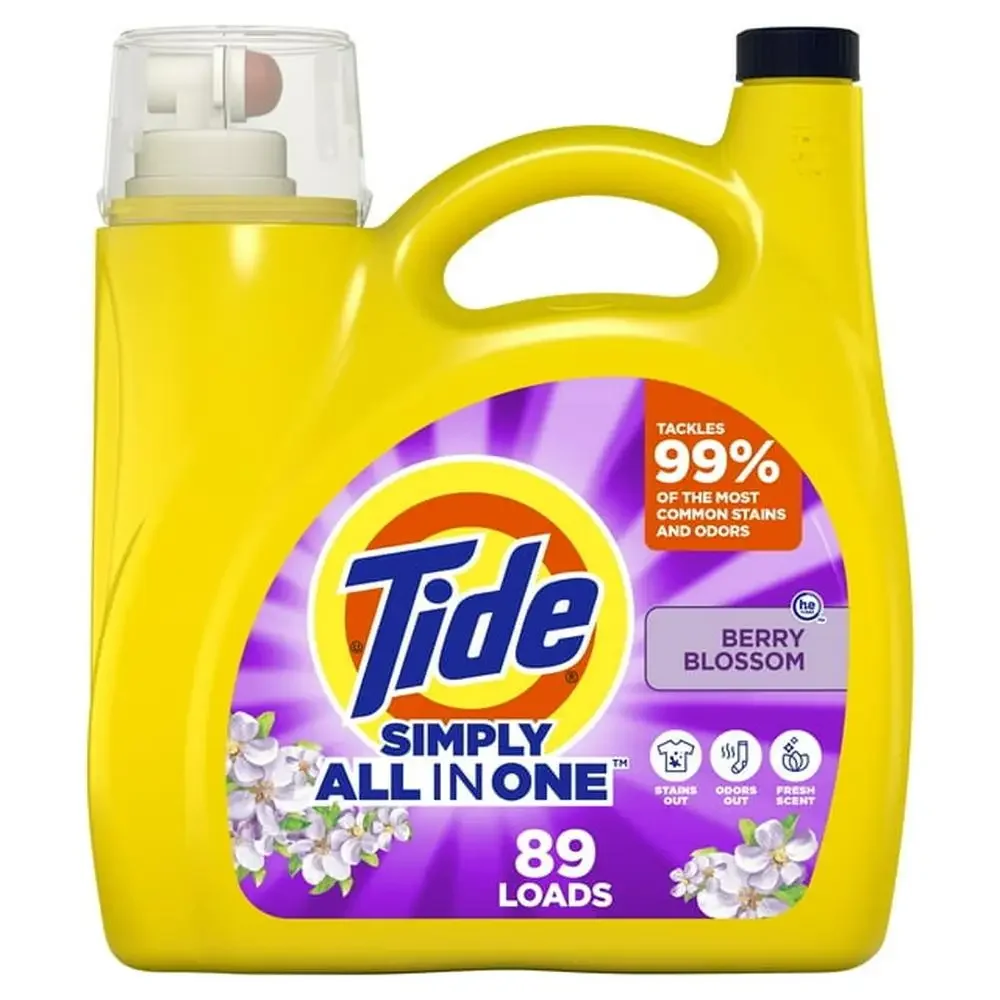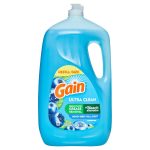The Science Behind Laundry Detergent
Understanding how laundry detergent works involves exploring the science that makes our clothes come out clean and fresh after a wash cycle. Let’s delve into the key components that play a crucial role in the stain removal process and overall cleaning power of laundry detergents.
The Role of Enzymes in Stain Removal
Enzymes are the secret weapons in laundry detergents. They target and break down different types of stains. Protease enzymes work well on protein-based stains like blood and egg. Lipase enzymes are best for fats and oil stains. Meanwhile, amylase enzymes tackle starches and carbohydrates that cling to your clothes. Each enzyme type has a specific task, ensuring your detergent can handle a wide range of stains.
The Chemistry of Surfactants and How They Clean
Surfactants are the backbone of any detergent’s cleaning power. They lower the surface tension of water, which allows the detergent to spread and penetrate fabrics more effectively. Surfactants have a hydrophobic tail that clings to dirt and oil, and a hydrophilic head that stays in the water. When your washing machine agitates, the surfactants lift the dirt from the fabric and hold it in the water until it’s rinsed away. This action ensures that the dirt doesn’t redeposit on your clothes, leaving them clean and spotless. To sum up, surfactants provide an essential cleaning function, and understanding how they operate helps us recognize how laundry detergent works to keep our garments looking their best.
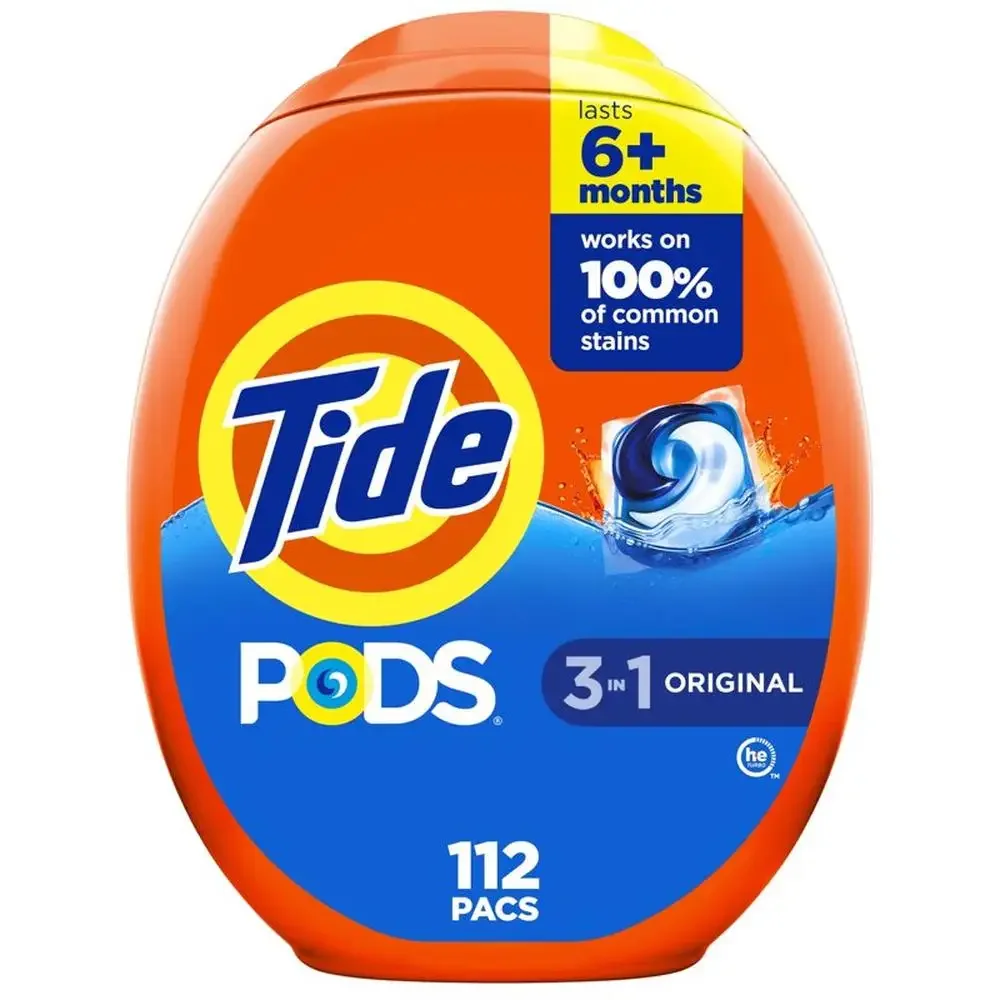
Types of Laundry Detergent
Choosing the right type of laundry detergent is crucial for effective cleaning. Each form has unique benefits suited for different laundering needs. Understanding these differences can help you select the best option for your laundry routine.
Liquid vs. Powder Detergents
Liquid detergents are popular for their ease of use. They dissolve quickly, even in cold water, making them a versatile choice for all types of washes. Their liquid form allows for pre-treatment of stains by applying directly to the affected area. On the other hand, powder detergents are more stable and have a longer shelf life. They are often more cost-effective and packaged in eco-friendlier cardboard boxes. However, they may not dissolve as well in cold water, which can leave residue on clothes.
Pods, Packs, and Tablets: Pros and Cons
Detergent pods, packs, and tablets offer convenience with pre-measured doses, reducing waste and ensuring the correct amount of detergent is used every time. These options are mess-free and easy to store. However, they can be more expensive per load compared to liquid or powder detergents. Additionally, safety is a concern, as these concentrated packets can be harmful if swallowed, making them less suitable for households with small children or pets.
Key Ingredients and Their Functions
Knowing how laundry detergent works involves understanding its key ingredients. Each plays a unique role in lifting stains and keeping clothes fresh.
Builders and Their Role in Water Softening
Builders are essential in detergents for water softening. They remove minerals like calcium and magnesium from hard water. This process prevents the minerals from reducing the cleaning power of detergents. By chelating these ions, builders ensure that surfactants can work more effectively. This leads to cleaner, softer garments after every wash.
Bleaching Agents and Color-Safe Alternatives
Bleaching agents in detergents target tough stains. They work by breaking down and removing colored substances. These agents are great for whites and can brighten fabrics. However, they can be harsh on colored clothes. That’s where color-safe alternatives come in. These alternatives provide a gentle way to clean without fading your favorite hues. They can tackle stains while protecting the vibrancy of your garments.
The Impact of Water Temperature on Detergent Efficacy
The temperature of the water used for washing clothes is critical for the performance of laundry detergents. How laundry detergent works can vary significantly with changes in water temperature.
Hot Water Versus Cold Water Washing
Hot water is renowned for its stain-removal prowess. It helps detergents dissolve better and speeds up the chemical reactions necessary to clean clothes. Hot water can enhance the action of enzymes and surfactants, resulting in more effective stain removal and overall cleaning. In particular, oil and grease stains tend to respond better to hot water, as the warmth helps to break them down more easily.
On the flip side, hot water may set some stains, like blood or proteins, requiring cold water for optimal treatment. Additionally, excessive hot water usage can lead to higher energy bills and may cause colors to fade and certain fabrics to deteriorate faster.
Cold water washing has gained popularity with the advancement of detergents formulated to perform just as well in lower temperatures. It’s gentler on fabrics and colors, preserving clothing quality and preventing shrinkage. Importantly, washing in cold water is also more energy-efficient, which can be kinder to both your wallet and the environment.
In summary, while hot water is great for certain types of stains and heavier soiling, cold water can be just as effective for everyday laundry, with the added benefits of saving energy and protecting clothes. It’s essential to balance these factors when determining how much detergent to use and the best wash cycle for your laundry needs.
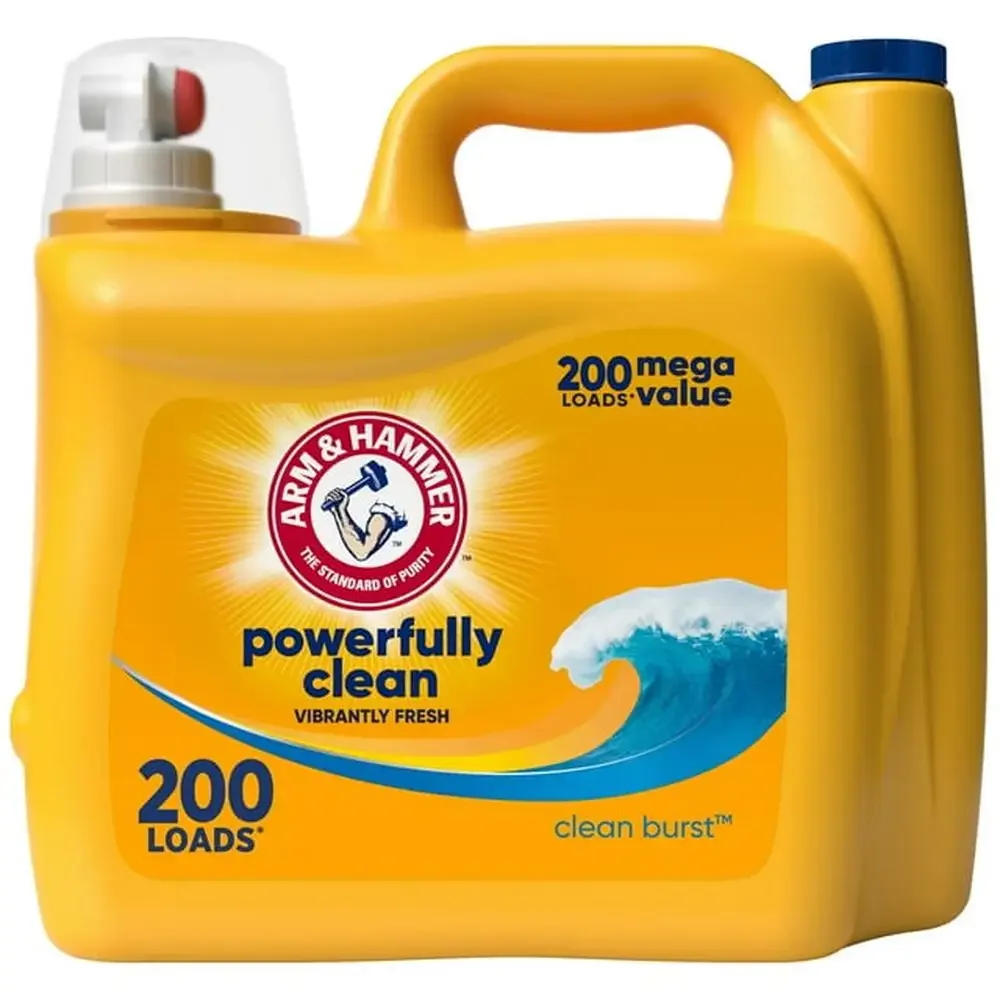
Detergent Dosage and Concentration
Understanding the right amount of detergent to use is crucial for effective washing. Misusing dosage can lead to suboptimal cleaning or wastage.
How Much Detergent is Enough?
The amount of detergent needed depends on several factors. These include the size of the laundry load, the type of fabric, and the water hardness. Typically, check the detergent package for recommended amounts. For heavily soiled clothes, slightly more detergent may be necessary. Conversely, smaller, less dirty loads require less detergent. Always measure the detergent. Avoid guessing the amount, as too much can leave residues, while too little may not clean effectively. Start with the manufacturer’s recommendation and adjust based on your specific laundry needs.
Specialized Detergents for Different Needs
Navigating the variety of laundry detergents can seem daunting, especially when considering personal and machine requirements. Let’s explore options tailored for specific needs, as how laundry detergent works can differ for delicate skin or high-efficiency washing machines.
Detergents for Sensitive Skin
People with sensitive skin often struggle with regular detergents. These formulas may contain dyes, fragrances, or other ingredients that cause irritation. Special detergents for sensitive skin strip these elements away. They focus on gentle cleaning agents and are often hypoallergenic. These detergents can prevent skin reactions while still battling stains effectively. When choosing a detergent for sensitive skin, look for labels that specify ‘free from perfumes and dyes’ to ensure your skin stays irritation-free.
High-Efficiency Detergents for HE Washers
High-Efficiency (HE) washers need special detergents. How laundry detergent works in these machines differs from standard washers. HE detergents are low-sudsing and quick dispersing to work with less water. They clean effectively without leaving residue behind, which is critical as HE washers use less water. Using regular detergent in an HE washer can lead to buildup and reduce the machine’s efficiency. Always use an HE-marked detergent for your high-efficiency washer to maintain its performance and to get your clothes clean without any issues.
Environmental Considerations and Detergent Choice
In considering how laundry detergent works, it’s important to also think about its environmental impact. The choices we make can have a significant effect on our planet.
Phosphates and Biodegradability
Many laundry detergents contain phosphates, which are effective in cleaning but can cause harm to aquatic life. When phosphates enter waterways, they contribute to algae blooms. These blooms can deplete oxygen and endanger fish and other wildlife. Biodegradable detergents, conversely, break down naturally and are kinder to the environment. They contain ingredients that decompose easily without causing harm to ecosystems.
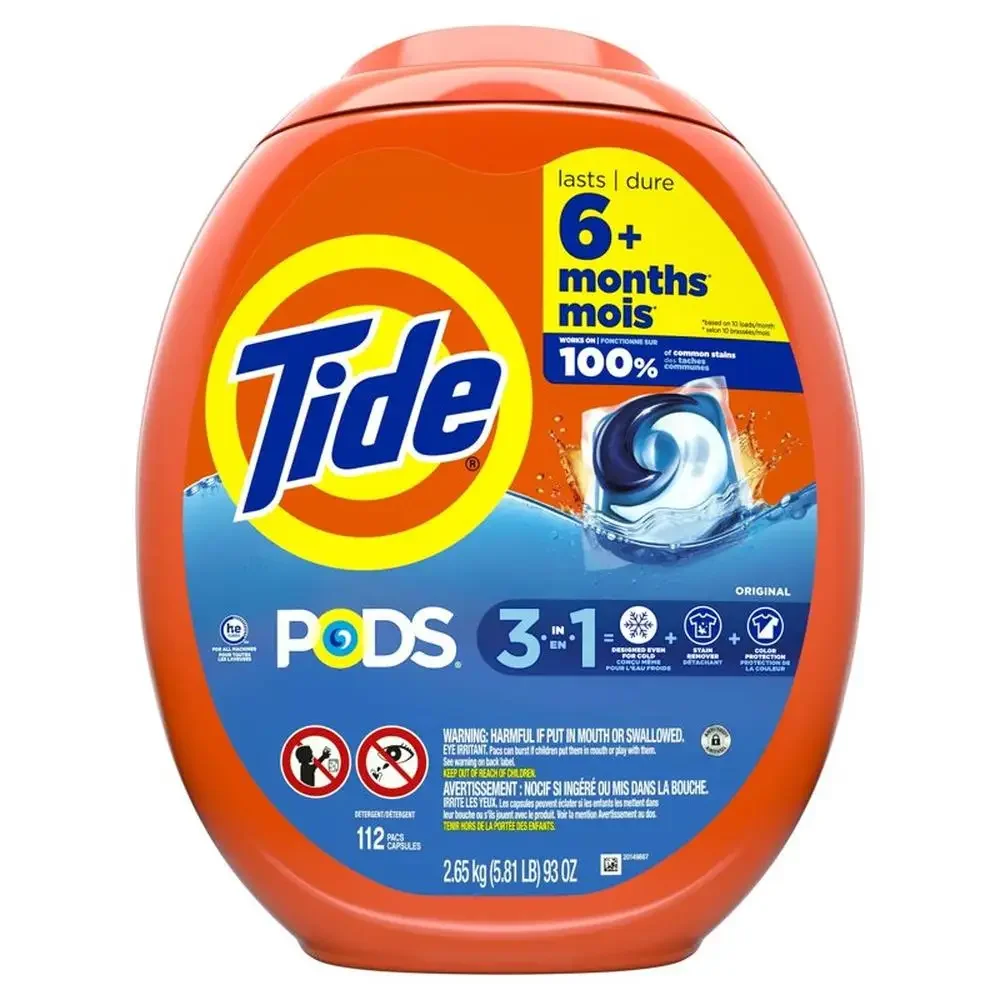
Eco-Friendly Detergent Options
Seeking out eco-friendly detergent options is a positive step for the environment. These detergents often use plant-based ingredients and avoid harsh chemicals. They’re packaged in recycled or compostable materials, further reducing environmental impact. Eco-friendly detergents support clean laundry practices and the well-being of our planet. It’s a win-win for your clothes and the environment.
